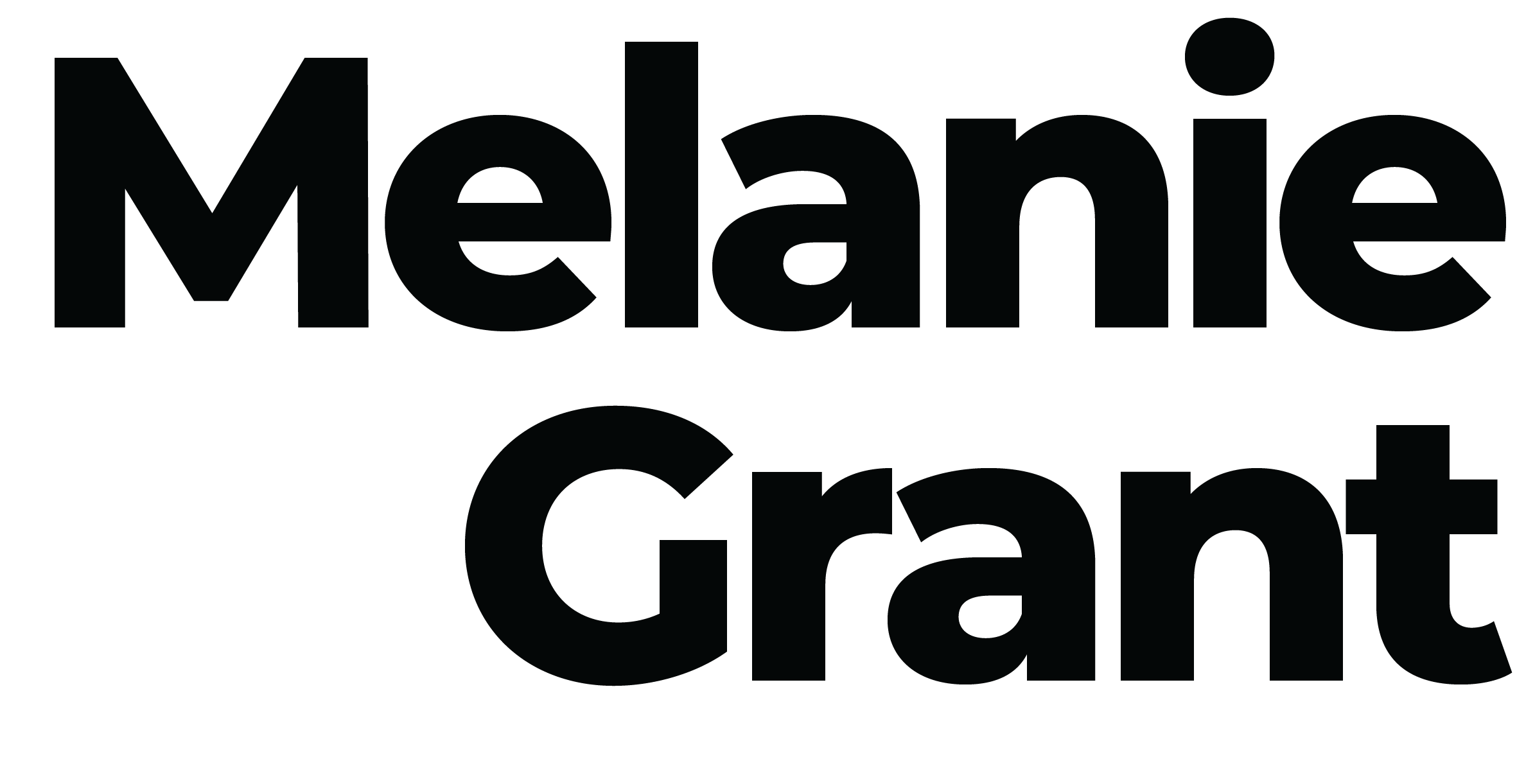As we get older, the body’s natural levels of collagen and elastin begin to decline. These two proteins are responsible for giving the skin strength and structure. As we lose our supply we may see the signs of ageing appear, such as skin laxity as well as fine lines, wrinkles and uneven texture. Skin tightening is a great treatment that targets skin laxity and works to lift and firm the complexion.
There are two main types of skin tightening treatments, Ultrasound and Radiofrequency (RF), both of which are non-invasive and require little discomfort or downtime.
One of the most popular treatments to tighten and firm the skin is ultrasound. This treatment is performed by a technician and involves using a handheld device to transmit ultrasound waves into the dermis (the layer of skin below the epidermis) heating deep in the skin to stimulate collagen and elastin production at a cellular level. It’s a great treatment to lift and firm the complexion and sees particularly impressive results in the lower parts of the face.
Radiofrequency (RF) therapy is another common skin tightening treatment. It works on the same principle of using heat to promote collagen and elastin synthesis but targets the higher layers of skin (the epidermis). This means that while treatments are effective, you’ll need to undergo a series of sessions to see optimal results. Radiofrequency is safe for most skin types and is commonly used in conjunction with other in-studio treatments such as microneedling to boost the body’s natural collagen response.
Each of the treatments is painless, although a level of discomfort is to be expected as they each have a warming effect on the skin and can cause temporary redness, tingling and swelling for up to an hour afterwards. The skin can remain slightly tender for a few weeks after treatment. As well as tightening, toning, firming and contouring the face, ultrasound and RF can help minimise sun damage and reduce the signs of ageing.
